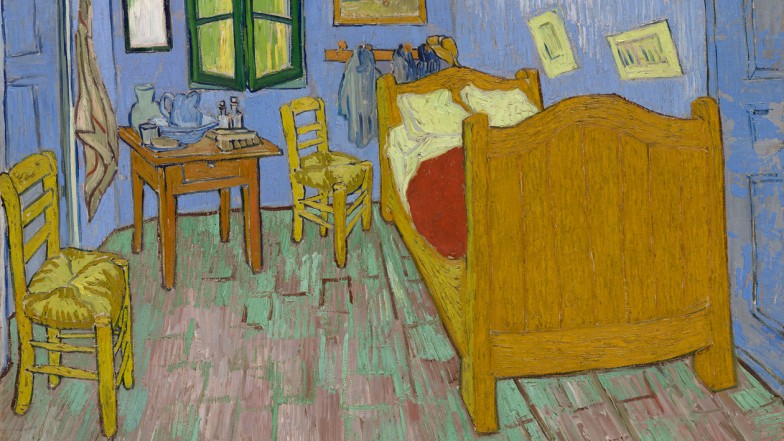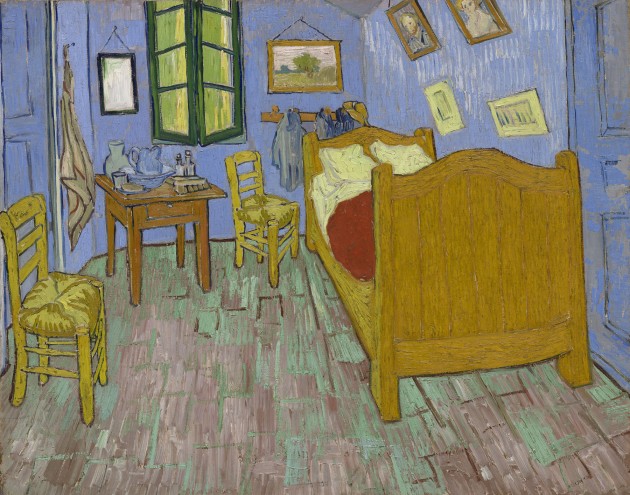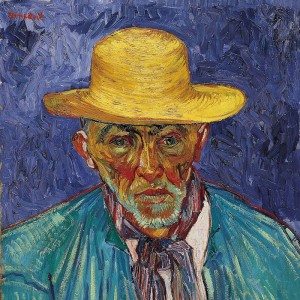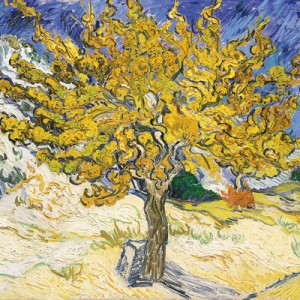Van Gogh’s ‘Bedroom’ on Loan From the Art Institute of Chicago
With its butter-yellow bedstead and bottle-green window, its rush-seated chairs and lavender walls, Vincent van Gogh’s bedroom at Arles is surely the most familiar and beloved domestic interior in all of Western art. Van Gogh painted it three times: once in situ, in the fall of 1888, and twice a year later, from his asylum cell at Saint-Rémy, working from memory and from the original painting. This December, the Museum welcomes the second of these pictures—on loan from the Art Institute of Chicago—displaying this masterpiece on the West Coast for the first time ever.
The Chicago Bedroom—Van Gogh’s meditation on friendship, hope and regret—serves not only as a kind of self-portrait but also as a symbol of the artist’s peripatetic existence, his search for an elusive sense of repose. In his brief life (just 37 years), Van Gogh sought a place to call home in four countries and 37 residences. In only one place did he find something approaching contentment: his leased rooms at No. 2 Place Lamartine in Arles, the so-called Yellow House, where he dreamed of establishing a “Studio of the South.” He painted his first version of the bedroom (a picture today in the Van Gogh Museum) there after spending two days confined to his bed by a fit of exhaustion. In an October 16, 1888 letter to his brother, Theo, he explained:
I had a new idea in mind . . . This time it’s simply my bedroom, but the color has to do the job here, and through its being simplified by giving a grander style to things, to be suggestive here of rest or of sleep in general. In short, looking at the painting should rest the mind, or rather, the imagination. The walls are of a pale violet. The floor—is of red tiles. The bedstead and the chairs are fresh butter yellow.
The artist’s specific interest here in the decoration of his home betrayed nervous excitement in anticipation of Gauguin’s arrival the following week. Already Van Gogh’s friend, competitor and artistic idol, Gauguin was to be his collaborator at last, to live and work by his side in the Yellow House. SHOW MORE
Featured Media










